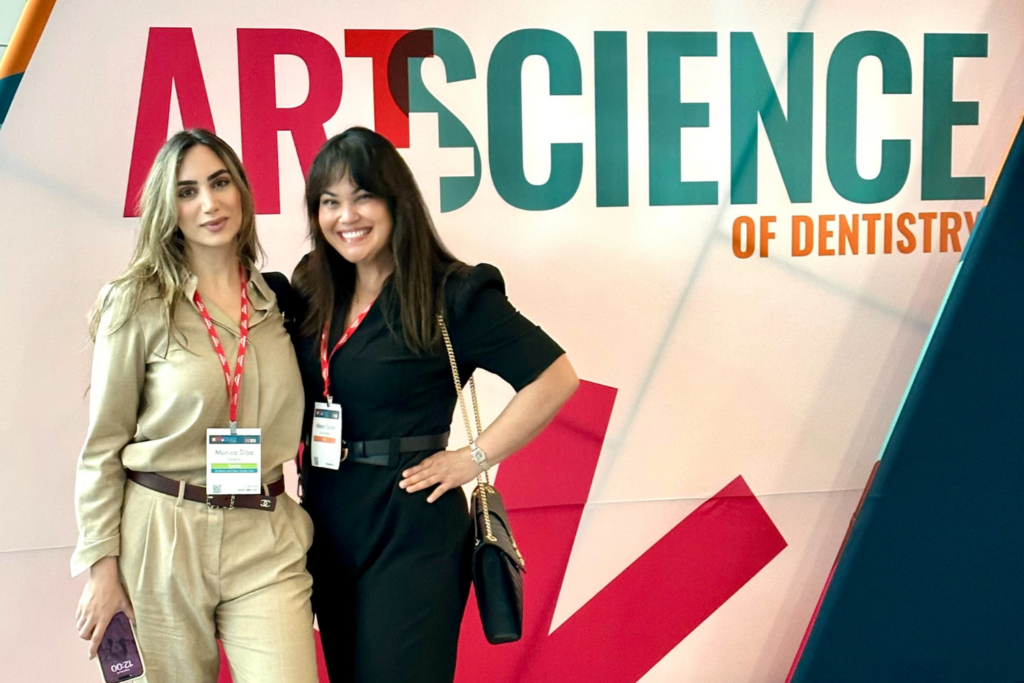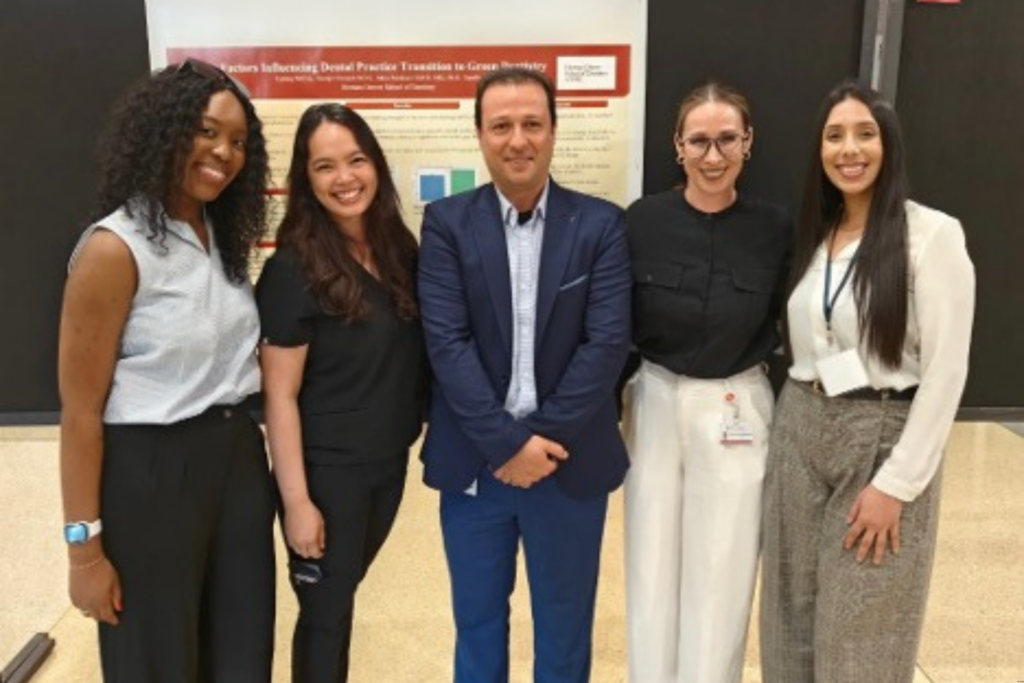At the Herman Ostrow School of Dentistry’s online Community Oral Health programs, our commitment extends far beyond traditional academic boundaries. We are dedicated to nurturing the next generation of public health leaders, empowering our students to drive real-world change through rigorous, evidence-based research and impactful case studies. This profound commitment culminates in comprehensive capstone projects, which serve as the cornerstone of our curriculum. These projects allow students to delve deeply into pressing issues within oral health and its broader connections to systemic well-being, translating theoretical knowledge into practical solutions that benefit diverse communities globally.
The online format of our COH programs offers a unique advantage, allowing students from various geographical locations and professional backgrounds to collaborate, share perspectives, and address health disparities with a wider lens. This diverse environment enriches the research process, fostering innovative approaches to complex public health challenges. Our graduates emerge not just with advanced degrees, but with the practical skills and insights needed to implement meaningful change.
Like what you’re learning? Consider enrolling in the Herman Ostrow School of Dentistry of USC’s online, competency-based certificate or master’s program in Community Oral Health.
Here’s a glimpse into some of the compelling research undertaken by our recent graduates, showcasing the diverse, vital, and forward-thinking work being done in the expansive field of Community Oral Health:
Highlights from Recent Capstone Projects:
The Power of Art in Health Education: A Creative Approach to Engagement
One particularly insightful capstone project explored the novel application of art in health education, specifically targeting adult populations. The core of this research involved a comprehensive review of existing literature and case studies to understand the historical and contemporary role of artistic expression in health promotion and information dissemination. The central question guiding the investigation was whether art could serve as an effective, non-traditional conduit for transferring complex health information between individuals and communities, especially those facing literacy or language barriers.
The findings from this compelling study strongly suggested that art, when thoughtfully integrated with principles of health literacy, possesses an extraordinary capacity to engage ideas, thoughts, and emotions. By bypassing the limitations of purely textual or didactic methods, art can effectively transcend common barriers to health education delivery, such as low literacy rates, cultural sensitivities, and even the stigma associated with certain health conditions. The visual and emotional resonance of art was found to significantly increase disease knowledge retention, foster empathy, and profoundly change health perceptions, leading to more proactive health behaviors. This project highlighted how incorporating visual narratives, interactive installations, or even community art programs can make health information more accessible, memorable, and personally relevant, ultimately empowering individuals to make informed decisions about their well-being.

Advancing Sustainability in Dentistry: Pioneering Eco-Conscious Practices
Another groundbreaking capstone initiative focused on the critical, yet often overlooked, challenge of overcoming barriers to adopting eco-sustainable dentistry practices. Recognizing the significant environmental footprint of traditional dental operations—from excessive waste generation and high energy consumption to the use of potentially harmful materials—this research aimed to assess the current awareness levels among dental professionals regarding sustainable practices. More critically, it delved into the systemic barriers preventing the widespread integration of sustainability principles into formal dental education curricula.
The study employed a multi-faceted approach, assessing various aspects such as waste segregation protocols, energy and water conservation methods, and the adoption of biocompatible materials. The research uncovered significant obstacles, including a notable absence of formal sustainability mandates from dental accrediting bodies, limited faculty training in eco-friendly practices, and a perceived lack of readily available, cost-effective sustainable alternatives. The capstone concluded with robust recommendations, emphasizing that systemic change and interdisciplinary approaches are not merely beneficial but absolutely essential for advancing sustainable practices throughout the dental profession. This includes developing standardized guidelines, advocating for policy changes, integrating sustainability topics into continuing education, and fostering collaborations between academic institutions, manufacturers, and professional organizations to innovate and disseminate greener dental solutions.
Understanding E-Cigarette Impact on Oral Health: Uncovering Hidden Dangers
In response to the alarming rise in e-cigarette use, especially among younger demographics, a comprehensive literature analysis was meticulously conducted to investigate the profound and often underestimated oral health implications of vaping. This rigorous study systematically evaluated and summarized the diverse adverse effects associated with e-cigarette vapor exposure. The findings were stark, revealing concerning links to:
- Increased Plaque Accumulation and Periodontal Damage: E-cigarette use was associated with increased bacterial plaque, leading to deeper probing depths around teeth and significant alveolar bone loss, indicative of advanced periodontal disease. The mechanisms are complex, involving changes in saliva composition, altered immune responses in the gums, and direct toxic effects on oral tissues.
- Heightened Inflammatory Markers: The study identified elevated levels of various inflammatory markers in the oral cavity and systemic circulation of e-cigarette users, suggesting a chronic inflammatory state that predisposes individuals to oral diseases.
- Cytotoxic, Genotoxic, and Carcinogenic Properties: The chemical components found in e-cigarette vapor, including formaldehyde, acrolein, and heavy metals, were demonstrated to exhibit cytotoxic (cell-killing), genotoxic (DNA-damaging), and potentially carcinogenic (cancer-causing) properties, posing long-term risks to oral mucosa and surrounding tissues.
- Alterations in the Oral Microbiome: Vaping was linked to significant shifts in the balance of oral bacteria, creating an environment favorable for the proliferation of pathogenic species, thereby increasing the risk of various oral infections.
- Increased Risk of Oral Candida Infections: Disruptions to the oral microbiome and potential immunosuppressive effects were found to contribute to a higher incidence of oral candidiasis (thrush) in e-cigarette users.
- Traumatic Injuries: The research also highlighted the alarming risk of traumatic injuries—including severe burns, lacerations, and tooth fractures—resulting from spontaneous e-cigarette device explosions, underscoring an acute physical danger.
This project underscored the critical need for further long-term research to fully understand the cumulative and chronic effects of e-cigarette use on oral and systemic health, advocating for robust public health campaigns and policy interventions to address this growing concern.

These compelling projects exemplify the dedication of our COH students to addressing complex public health challenges through rigorous, evidence-based approaches. By delving into these crucial areas, often at the intersection of oral and general health, our graduates are not only contributing significantly to the academic body of knowledge but are also actively paving the way for healthier communities worldwide. The Ostrow online Community Oral Health program uniquely equips students with the sophisticated skills necessary to conduct meaningful research, critically analyze findings, and translate these insights into practical, implementable applications. This empowers them to make a tangible and lasting difference in oral health outcomes across the globe, influencing policy, informing clinical practice, and ultimately improving lives.
Earn an Online Postgraduate Degree in Community Oral Health
Do you like learning about a variety of issues while focused on the unique needs of community health dental programs? Consider enrolling in the Herman Ostrow School of Dentistry of USC’s online, competency-based certificate or master’s program in Community Oral Health.

